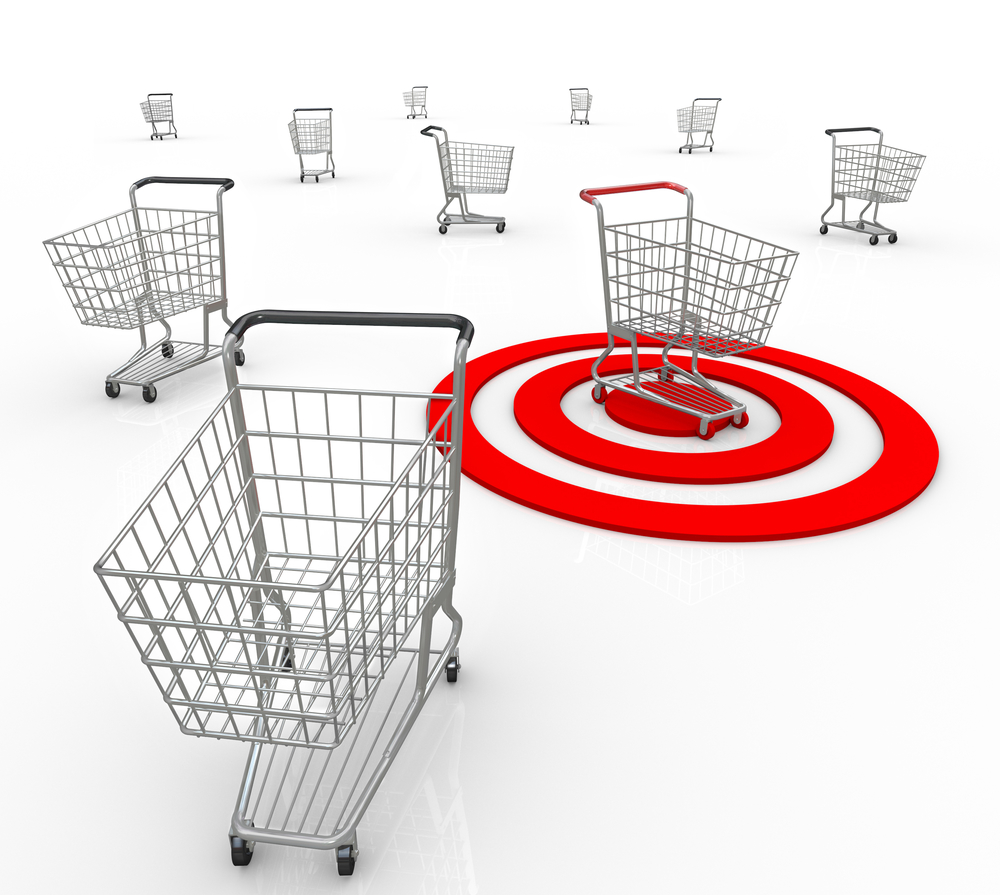Once the stuff of sci-fi films, Augmented Reality (AR) and Virtual Reality (VR) are now very much a reality for experiential marketers. Some consider AR and VR to be the “final frontiers” of medium, because any subsequent medium can be invented within them.
From Facebook’s acquisition of Oculus Rift, to Google’s investment in Magic Leap, the industry is shifting, as it gears up for the AR and VR revolution.
What are VR & AR?
Virtual reality is a complete simulation of a real world environment which the user can explore and interact with by means of a head mounted display (HMD) and input device, e.g. data glove. The user immerses themselves in the environment.
With augmented reality, the user sees the real world, but with an overlay of computer generated images on various objects. Augmented reality is available via smartphones. They use GPRS to obtain information about a geographical location, and superimpose tags, Images, videos onto it. Users are aware that they’re in the real world.
With experiential marketing’s need to keep things fresh, there are many ways that VR and AR can be used to enhance experiential activations. Here are two for starters:
1. Natural interaction
Our brains are programmed to respond to colour, movement, sound and physical interaction. The act of physically engaging with an interface increases the memorability of the content, leaving a lasting impression. Tracking technologies such as RFID (radio-frequency identification) is being integrated into events and experiences, allowing developments such as intelligent signage, personalized sound, video and lighting.
Experiences that give rise to positive emotions and generate powerful mental imagery are incredibly valuable to any brand. Designed well, and with a little creative spark, such interactions can create a closer bond between you and your target consumer.
2. Describes complexity without words
Words only go so far in describing your product’s inner workings and the characteristics that set it apart from your competitors. If your business is dependent upon customers understanding the technical or mechanical workings of your product, it might be time to invest in a way to demonstrate the product so people can visualise its ‘hidden’ assets.
The outcomes for products that are hard to visualise, either because they take no physical form, can’t usually be seen in action, are technically complex, or can’t be brought into meetings—are especially impressive when demonstrated with AR & VR technology.
Hotcow is a non-traditional creative agency that specialises in experiential marketing that goes viral. Our campaigns generate buzz through crowd participation, PR and content sharing. Contact us on 0207 50 30442 or email us on info@hotcow.co.uk.

